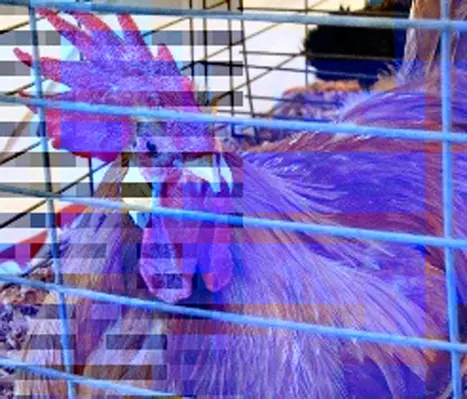Poultry housing is often custom-designed for the tropical regions keeping in mind conditions related to latitude and relative importance of physical factors like temperature, humidity, solar radiation and air movement
Poultry farmers need to design the housing for the poultry according to the exact conditions experienced in the particular tropical zone.
A wide range of actions are available to poultry producers in the tropics to alleviate heat stress in birds.
Passive measures such as house orientation to the sun, poultry houses designed with open sides and use of shade trees, shrubs and ground cover plants are part and parcel of poultry house and farm design and construction in the tropics.
More proactive measures include the use of fan systems to create air circulation and mist and fogging systems for evaporative cooling of the house and the birds. Manipulation of diet is increasingly recognised as an important strategy.
Vitamins such as ascorbic acid (Vitamin C), mineral elements like zinc and the plant extract betaine have all shown benefits in the alleviation of heat stress in poultry.
However, some of the aspects that a farmer needs to consider before making a poultry housing arrangement in a tropical areas are:
Temperature, humidity and solar radiation
Ambient air temperature and relative humidity are closely bound although relative importance of each varies markedly within tropical latitudes. Relative humidity is the pre-eminent factor at and around the Equator, especially in rain forested areas. Temperature is clearly the most important factor in semi-arid and arid (desert) zones. The significance of day length effect which is most important for laying hens becomes more critical further away from the Equator.
Poultry produced in central India will typically experience very high June daytime temperatures around 40°C, falling by up to half at night. January daytime temperature may be substantial at around 25°C but fall to a distinctly chilly 10°C or below at night.
On the other hand, poultry produced along the Equator in Malaysia and Indonesia, especially near dense rain-forested regions, will experience high temperatures varying little throughout the year, although in these locations relative humidity poses the biggest constraint on efficient production.
Environmental stress in Poultry
The physiology of domestic poultry and how it interacts with various physical factors in relation to environmental stress is complex but there are several key points which help to explain the broader picture.
First and foremost, the internal body temperature of domesticated gallinaceous birds (chickens) at 41.2 – 42.2°C is measurably higher than that of mammalian livestock and humans (36 – 39°C). The upper temperature limit beyond which living cells and tissues will progressively fail to operate is governed by the temperature at which enzymes (enzymic proteins) are denatured or destroyed by loss of configuration and chemical activity. This starts to occur in the region of 47°C and thus poultry have considerably less leeway than other animals when suffering from heat stress and quickly succumb to this kind of temperature.
In contrast, the actual body temperature of poultry can fall as much as 20°C below the normal range with birds still making a full recovery if carefully re-warmed. Domestic poultry is clearly less tolerant of heat than cold and much more likely to die from heat stress (hyperthermia) than stress associated with low temperature (hypothermia).
Poultry are poorly adapted and ill-disposed to high ambient air temperatures because they lack sweat glands in the skin and are therefore unable to gain much from natural evaporative cooling, although there is some direct diffusion of water through the skin tissue. Only the head appendages (e.g. comb) are very rich in blood vessels and thus able to act as sites for direct loss of heat. Net result is poultry have few and limited inherent options for heat loss in warm conditions.
By Dr Terry Mabbett
To continue reading the rest of this article, please see the June/July 2013 issue of Far Eastern Agriculture





